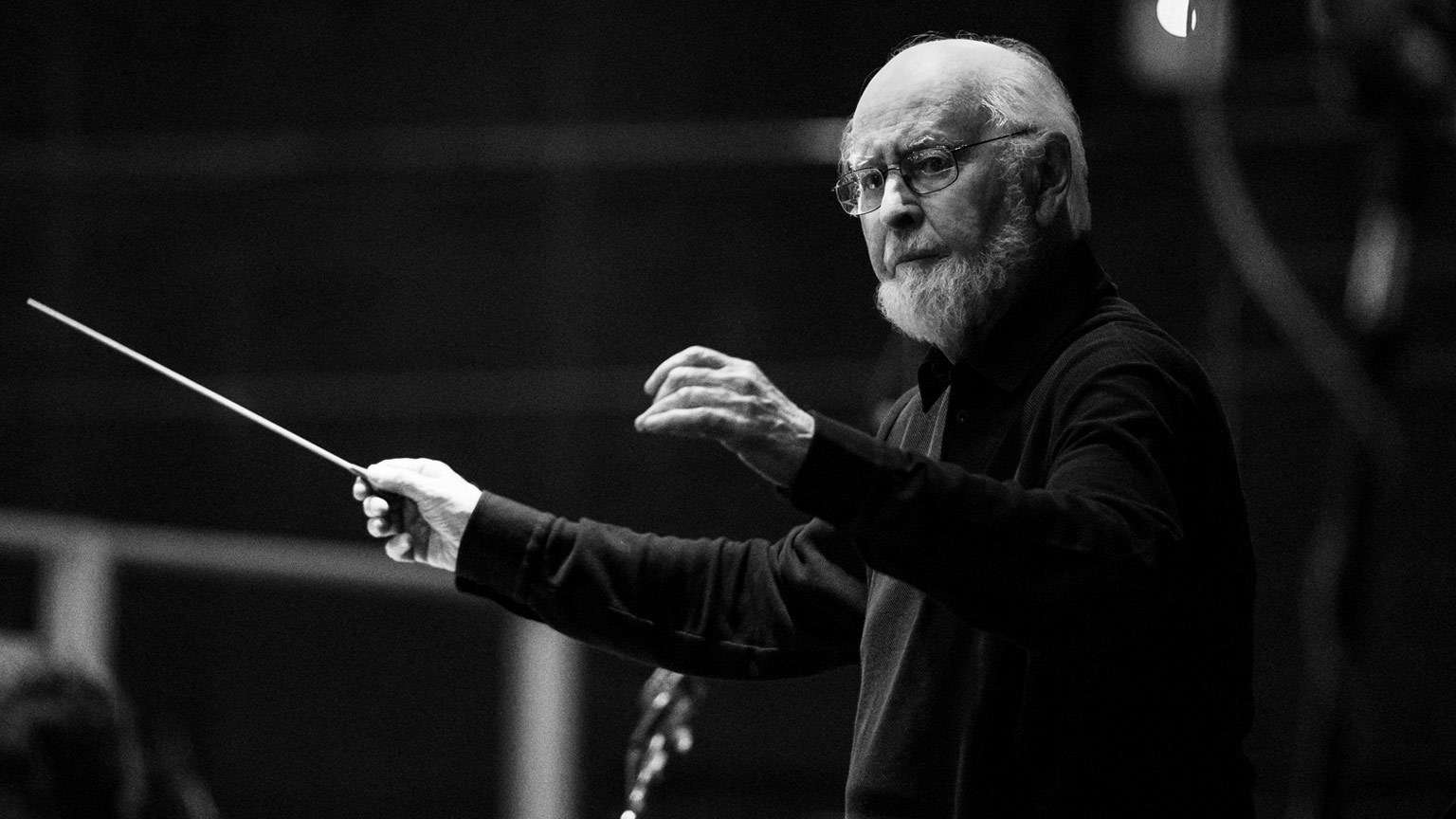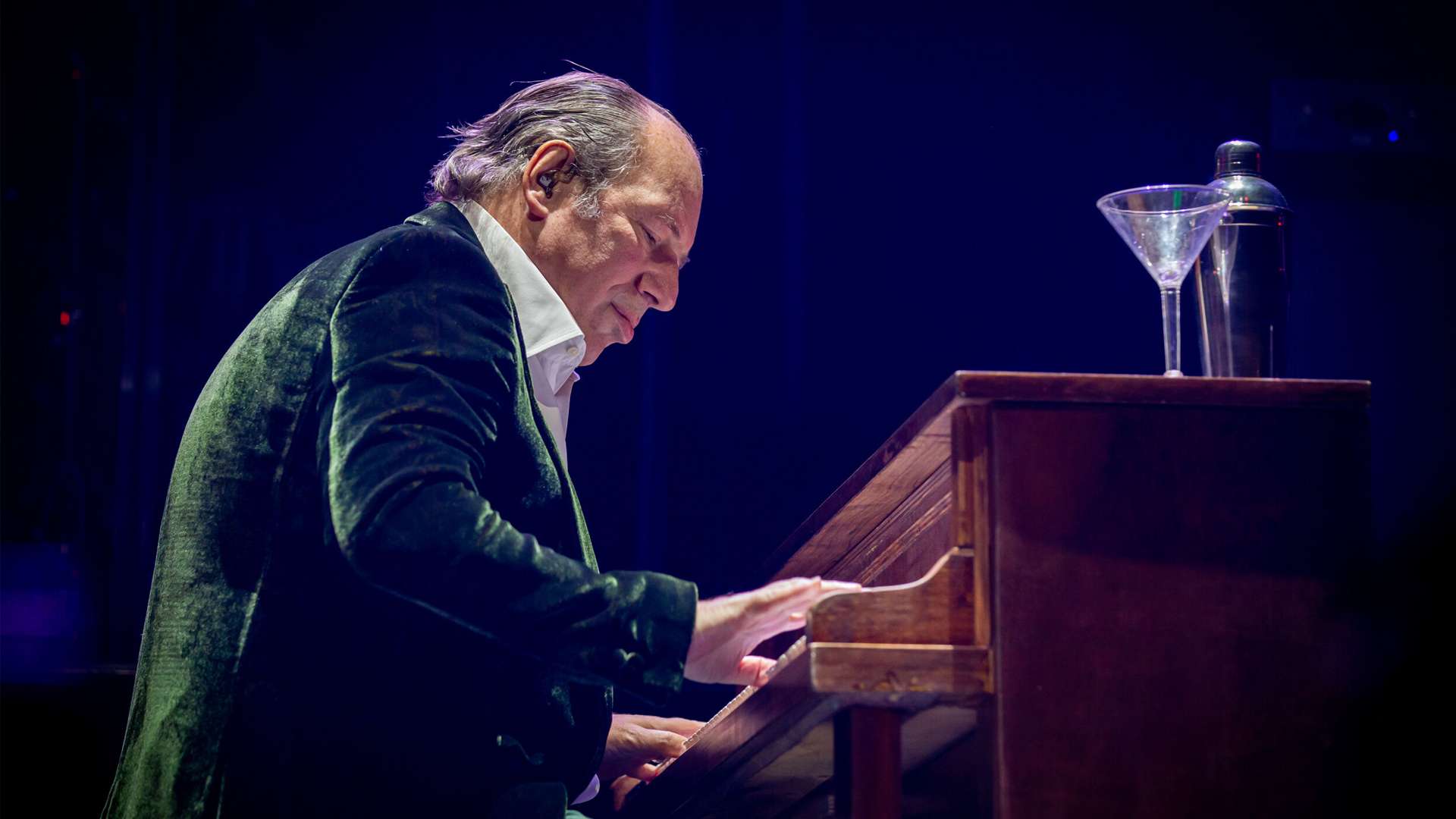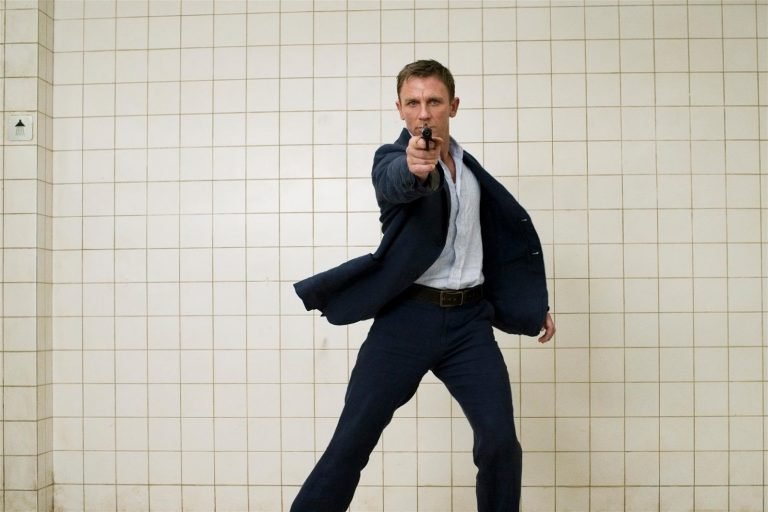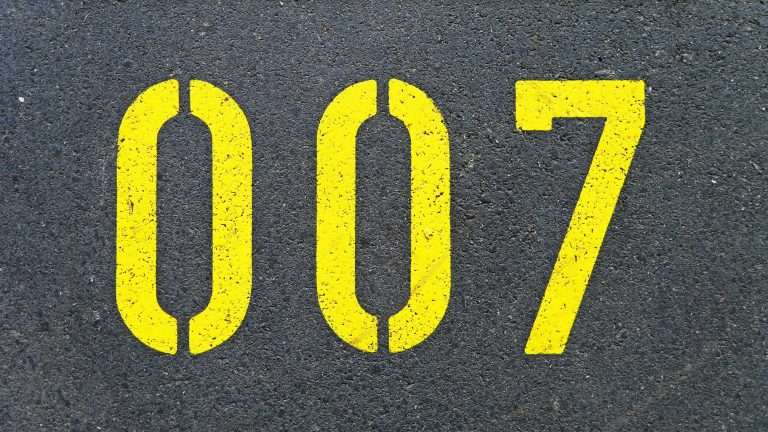There are many iconic action films that are labeled as timeless classics. But, have you ever sat and really listened to their scores – the unsung heroes of these movies? Let’s dive into some of the most renowned action movie composition techniques.
Synchronization With the Visuals
Of course, when it comes to any kind of entertainment, the visuals are inevitably important. However, the musical elements, when used right, can really enhance the viewing experience by making the scenarios feel more real. Just take something like online casino games, an action-themed slot game like Temple Tumble starts out with frenzied orchestral strings to build up the pace and excitement as players learn about the setting of the gameplay. When the game starts, the music switches to a low drone to build tension. As the game continues, additional elements join in the soundtrack to mirror the setting and results of the game. This helps to make the gameplay feel more authentic, believable, and immersive.
This technique is also used by iconic composer John Williams in his award-winning action movie scores — one of which serves as the inspiration for the very same slot game. For this franchise, Williams wanted a motif that became synonymous with action, which could be integrated into all heroic scenes. You guessed it — The Raiders March. Williams is known for mirroring the action and visual cues on screen in the instrument choices, musicality, tempo, and timbre of the composition, intensifying the viewers’ experience when watching these films, and making the overall entertainment more immersive and well-rounded for the audience.
Building Tension… Then Release
In composition, there are many ways to build tension, such as slowly increasing the noise level, gradually upping the tempo, and utilizing overlapping and contrasting rhythms. With the same logic as our last point, these techniques can be used during fight scenes, battles, or even just dramatic moments to help build the aura of tension within the scene. This air of tension can make audiences feel on edge, drawing them into the visuals on screen and making them more immersed in the narrative.
It is important, though, to make sure that there are moments of resolution in the soundscape, releasing the tension that has been built up. This technique has been mastered by many action movie composers, particularly Williams and Hans Zimmer. In Dunkirk, Zimmer uses a looping auditory illusion to build tension. Then, when key events occur, Zimmer employs perfectly timed bangs, crashes, and even silence to release the tension, making these moments even more dramatic.
Experimentation With Technology
As you can see, one of the key considerations of action scores is that they need to be dynamic. With this in mind, many composers take the opportunity to play with unique combinations of traditional orchestral and modern electronic sounds. These electronic sounds could be anything from synthesizers to generated noise, whooshes to booms. This allows the opportunity to layer contrasting tones to add texture and personality to the composition.
This technique was largely pioneered by Zimmer, especially in movies like Blade Runner 2049 and Dune. In both of these films, Zimmer experiments with synthesized sound design to make the score feel more futuristic and authentic. This is then layered with a unique blend of orchestral instruments to make the soundscape feel more grounded.
And there you have it — just a few techniques utilized in the composition of action movies, which help to really bring the narratives to life. All that’s left to do is rewatch your favorites, and experience them in a new light.








